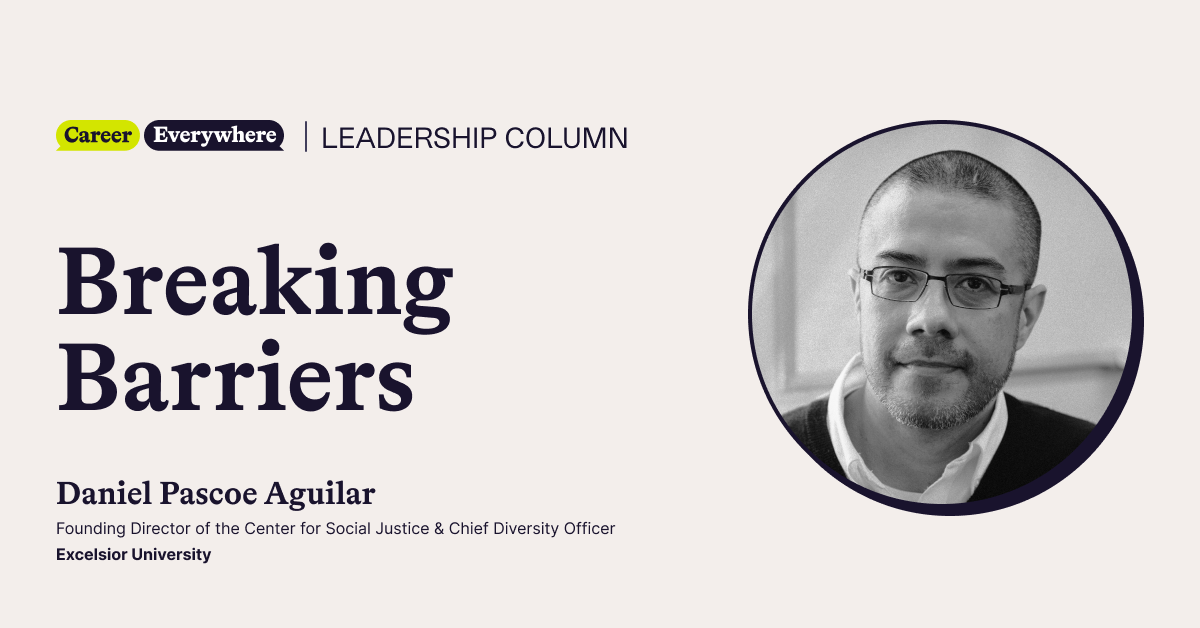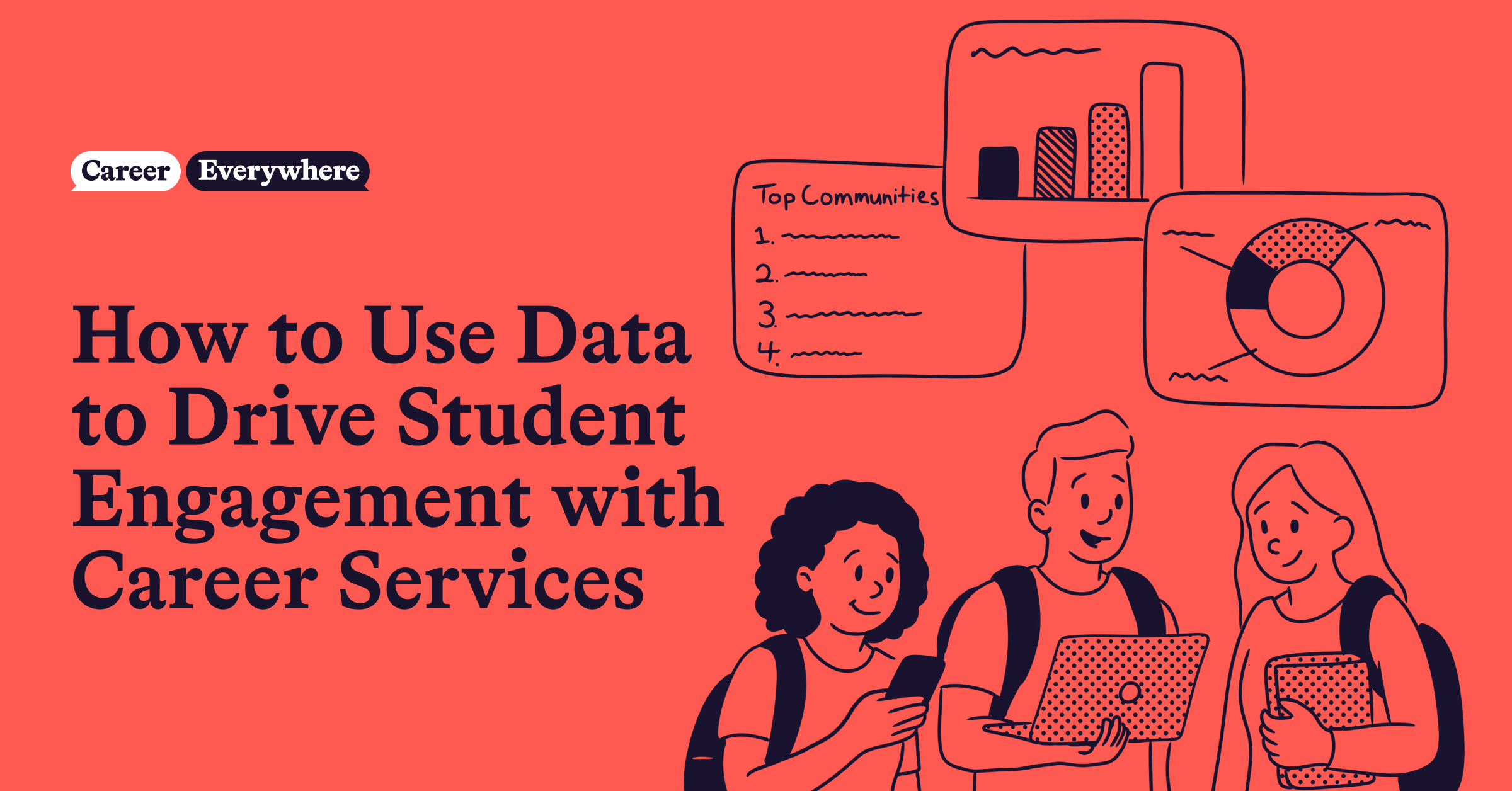
In my 13th, 14th, and 15th columns, I discussed Hersey and Blanchard’s Situational Leadership Theory as an emphasis of the relationship between our leadership and our necessary facilitation of the growth, learning, and professional development of the leaders we lead.
I argued that this is a reminder of the necessary individualization of our leader development facilitation and the never-ending developmental nature of our work, and how this assessment has led me to believe that a critical focus of our leadership should be our facilitation of our team members’ leadership learning and growth, which requires our careful instruction and instructional design as an integral part of our systemic leadership. In these three columns, I also shared how I have found Universal Design for Learning (UDL) theory helpful, and thus focused each column on one of UDL’s emphases on our meaningful and inclusive scaffolding of the engagement, representation, and action and expression of the learners or leaders we serve and as a tool for our inclusive, effective, and efficient facilitation of the professional development of all members of our teams, regardful of who they are, what matters to them, and their learning needs.
Continuing this focus on our leader development facilitation and the never-ending developmental nature of our work as leaders leading leaders in higher education, I would be remiss not to bring up another transformative instructional design theory that has significantly impacted my facilitation of learning efforts and my approach to leadership.
Dr. Joan Middendorf, a fellow alumna of the Instructional Systems Technology PhD program at Indiana University and Lead Instructional Consultant at the IU Center for Innovative Teaching and Learning, developed an instructional design approach focused on overcoming students’ learning bottlenecks. She and Leah Shopkow published this work in 2018, emphasizing the critical importance of moving beyond curricular and instructional design to identify the content or learning process in which students are “getting stuck” to develop and subsequently facilitate the necessary decoding students need to study, learn, and master the knowledge and/or skill they are learning.
“Decoding can uncover the mental moves that are so automatic to an expert that they are invisible, and Bottleneck Design can show how to explicitly teach those mental moves to students.”
From my perspective and experience, this is a critical concept and approach to incorporate in our leadership and in our facilitation of the learning and development of the leaders we lead. It ties directly into the historical and developmental justice concepts I discussed in my 16th column: our leadership responsibility to learn about and respond to the experiences and impact that lack of privilege, limitation of resources, inaccessibility to opportunity, ongoing threat, or direct discrimination has inflicted on and impacts daily the lives of members of our teams.
As a powerful application of this, in my 16th column, I also shared Cia Verschelden’s work on the “bandwidth tax of uncertainty” with which underprivileged learners and their families and communities live and which they have to survive every day. The constant threat, lack of access, and overwhelming uncertainty they have and/or continue to experience inevitably challenge and thus limit their capacity to function at their full potential, cognitively, affectively, and physically.
Consider the following mental health statistics published by Pathways as examples of Verschelden’s bandwidth tax of uncertainty and what many members of our teams are likely to be experiencing as they lead:
- 88% of employees reported concerns with their stress levels over the past year. (Pathways’ Mind at Work: A Report on Employee Mental Health)
- 94% of workers report feeling stress at work, and almost a third describe their stress level as high to unusually high (American Institute of Stress).
- 550 million workdays are lost each year due to stress. (American Psychological Association)
- Nine out of 10 employees are concerned about their burnout levels. (Pathways’ Mind at Work: A Report on Employee Mental Health)
- Over half (52%) of survey respondents experienced burnout in 2021, up 21% from pre-COVID surveys. (Indeed’s Employee Burnout Report)
- The gap between women and men who say they burned out has nearly doubled in the last year. (McKinsey & Co.’s Women in the Workplace Report)
- Burnt-out employees are less likely to respond to survey requests about said burnout, and the most burned-out employees may have already left the workforce. (McKinsey & Co.)
- 29% of employees describe themselves as depressed as a result of the COVID-19 pandemic. (Gartner HR Study)
- Depression interferes with a person’s ability to complete physical job tasks about 20% of the time and reduces cognitive performance about 35% of the time. (Center for Disease Control)
- Only 57% of employees who report moderate depression and 40% of those who report severe depression receive treatment to control depression symptoms. (Center for Disease Control)
Whether decoding the learning and development experience of the leaders we lead (in Middendorf’s terms) or helping learners reclaim the resources they’ve lost to limitation or marginalization (in Verschelden’s terms), as leaders, we are responsible for the historically and developmentally just facilitation of the leadership learning and development of the members of our teams.
I thus recommend implementing strategies like the following as part of your leadership approach:
- Assume that, as a leader, you always have the opportunity and responsibility to learn and grow.
- Assume that your solutions and innovation will always be stronger if they consider the diversity of perspectives and ideas around you.
- Consider learning about and from the leaders you lead as an investment, not a cost, of the outcomes of your efforts and your leadership.
- Intentionally and openly elicit the voices and perspectives of the leaders you lead.
- Prioritize the content over the format of what leaders you lead share and contribute.
- Diversify the means of action and expression you facilitate for the safe and authentic sharing of the members of your team.
- Listen to learn, not to respond, judge, or argue your perspective.
- Listen to learn, aware that you might not have the capacity to understand perspectives you have not experienced.
- Listen to grow as an individual and identify ways of improving your leadership.
- Normalize non-threatening performance problem-solving and innovation opportunity conversations.
- Conduct stay interviews in addition to exit interviews on a regular basis.
If we believe that our leadership charge to prepare a diverse, engaged, authentic, and ready next generation of leaders is one of our most important societal endeavors; if we pay attention to vast research arguing that valuing and leveraging the diversity of perspectives, experiences, ideas, and skills around us enhances our leadership and outcomes; and if we perceive the dire need for the advancement of historical and developmental justice in our organizations and communities; intentionally identifying and responding to the bandwidth tax of uncertainty and the learning and development bottlenecks the leaders we lead experience as part of their efforts and growth are key opportunities and responsibilities of our leadership.


